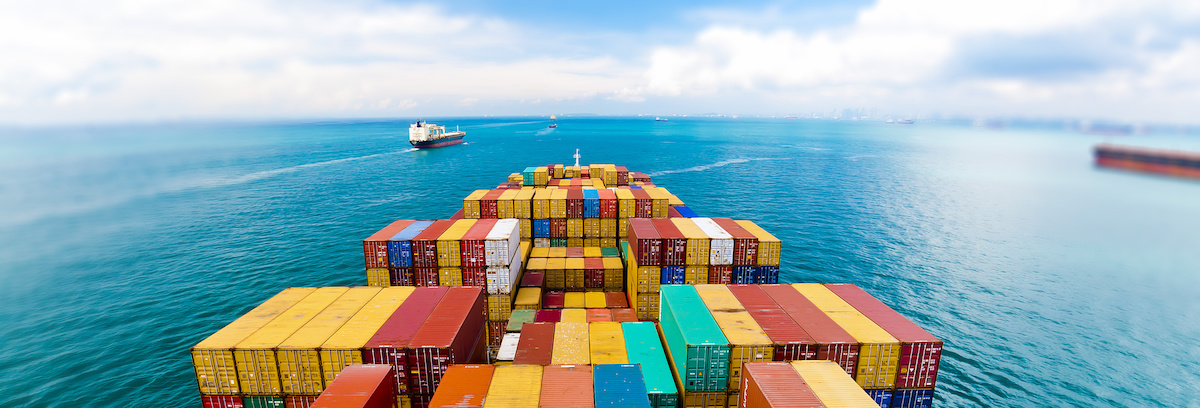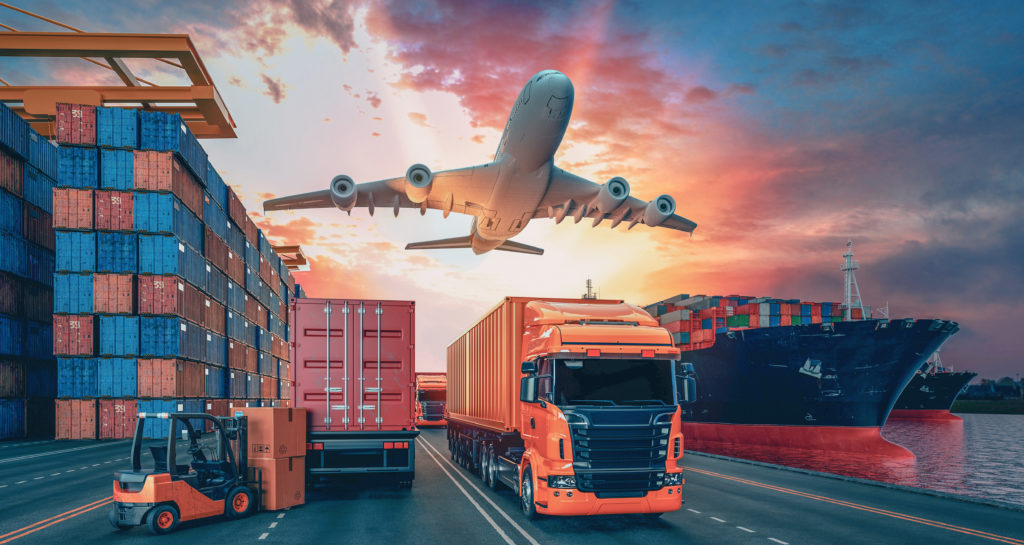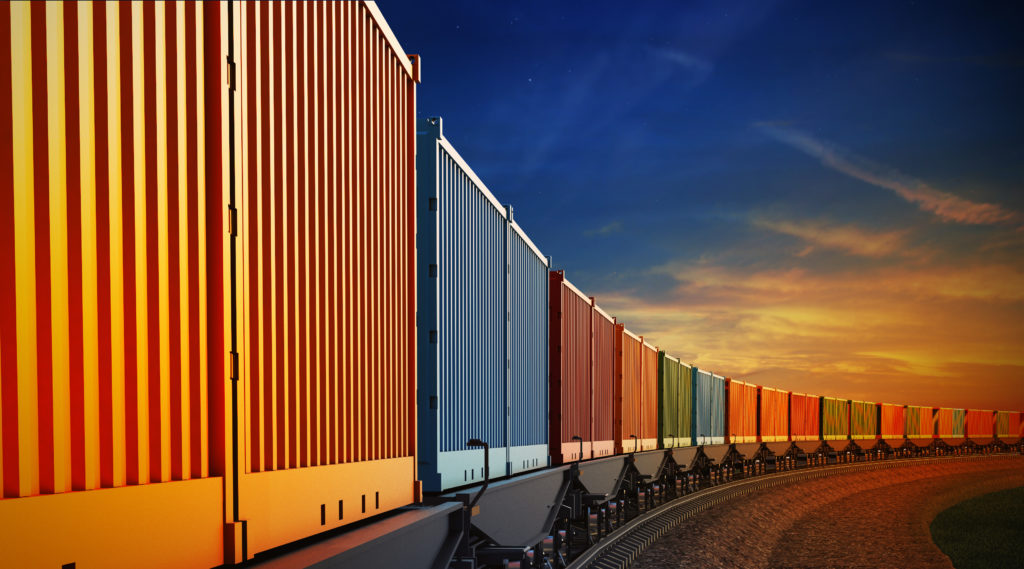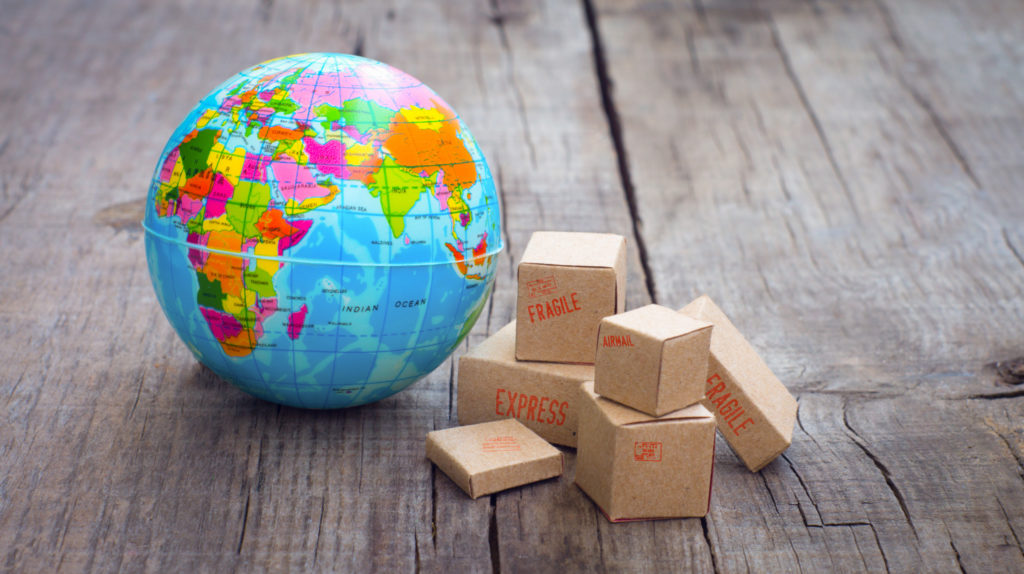 The year 2020 has been a bit of a wild ride. Well, that’s certainly an understatement. For many people in this country, the year has been filled with nightmarish rollercoaster-like ups and downs, twists and turns, and probably some machine malfunctions, ungreased gears, and loose screws. And yet, America—being the resilient and robust economy that it is— continues forward and marches on. So while every industry, every person, every sports team, business, and school is being, in some way, affected by changing regulations and people’s sudden hypersensitivity to personal space and hygiene, the global market is also seeing its effects. According to some reports, the global economy is seeing the sharpest reversal since the Great Depression. The drop was quite dramatic in the early months of the shutdown and has seen some steady recovery since.
The year 2020 has been a bit of a wild ride. Well, that’s certainly an understatement. For many people in this country, the year has been filled with nightmarish rollercoaster-like ups and downs, twists and turns, and probably some machine malfunctions, ungreased gears, and loose screws. And yet, America—being the resilient and robust economy that it is— continues forward and marches on. So while every industry, every person, every sports team, business, and school is being, in some way, affected by changing regulations and people’s sudden hypersensitivity to personal space and hygiene, the global market is also seeing its effects. According to some reports, the global economy is seeing the sharpest reversal since the Great Depression. The drop was quite dramatic in the early months of the shutdown and has seen some steady recovery since.
The Ever-Changing Markets
If you are in the business of exporting or importing goods, you know that the market, regulations, and tides of trade are always shifting and ebbing and flowing. This year was specifically turbulent because of unprecedented circumstances. As of April 2020, 6.6 million Americans were seeking unemployment benefits. This has, of course, great implications for the domestic economy and will see the ripple effects moving through the whole of society pretty soon. The pandemic has certainly upended many international trade flows, though the U.S import and export movement must continue. It has certainly made countries think much more carefully about who they are trading with and how they conduct business abroad.
China is, of course, coming under fire from many countries including the U.S and India. As of June of 2020, many Indian businesses were all boycotting Chinese products. India has already banned certain products, apps, and other items from China. In April, Japanese officials injected $2 billion to boost domestic manufacturing. Other countries, as reported by US News, like France have expressed their need to refocus their trading partners and reassess their relationship with people from China. White House economic advisor Peter Navarro told reporters that he thought, “We are dangerously over-dependent on a global supply chain.”
These movements have led many to report that nationalism and more nationalistic trade policies will emerge the victors after the smoke clears. As Forbes reports, there have already been several reports to block exports of certain items. And this, according to them, might lead governments to be a lot more selective about what they deem essential exports and imports.
Impact on Imports and Exports
The pandemic has also had significant effects on imports and exports; it has disrupted supply chains, reduced trade volumes, and limited product availability. While this causes concern for traders, it doesn’t mean all of it is dismal news. Because all markets are interconnected — from Europe to India to the U.S — a disruption to one part of the chain will often have some effects on the other.
Some analysts are predicting that returning to normal will be a difficult fight. Many believe that the outbreak has permanently altered the global flow of goods and services. The pre-coronavirus norms seemed to have open free-flowing trade across global markets, as globalization seemed to be the 21st century way of trading. The political popularity of globalization has suffered quite a bit and many countries are looking for ways to remain a little more conservative on their trade, or, at the very least, have much more discretion on who they trade with.
And so while pre-corona trade patterns may not return, international trade, imports, and exports will continue to be a large part of the U.S economy as we continue trading with our allies and close trading partners. There is no question that the pandemic has brought about a change in the international markets, but exactly what kind of change is yet to be seen. Other industries like pharmaceuticals might see their changes as well, as countries begin to kickstart the production of some of these goods in their own borders. In the U.S, according to Market Watch, imports fell 6.2% but U.S exports fell even deeper with 9.6%.
The U.S trade deficit also widened by almost 12% in March as international flights were not allowed to fly, which froze the global tourism. At the same time, the exchange of goods was also affected. The U.S exported fewer cars, aircraft parts, and barrels of petroleum.
As far as the big picture is visible right now, some segments of international commerce are faring better than others. For example, trade in medical supplies and food, but the global petroleum market has been hard hit. The movement of electronic goods like iPhones has also decreased dramatically. And while the recovery of the global economy might take some time, there will not be a shortage of need for international trade, especially in certain industries. There has been some decline in freight and cargo shipments for a variety of reasons including the fact that many companies have had to shut their doors and many ports and transportation workers were either sick or unable to return to work.
In these uncertain times, you need to have a brokerage you can trust. Here at Cordova Brokerage, we are entrenched in the movements of the markets and global trade in order to provide our clients with the latest information and pertinent changes. If you are importing or exporting goods, things might seem a little chaotic. Find a brokerage you can trust to walk you through the ever-changing markets, regulations, and compliance restrictions.
 Since the beginning of the country, the trajectory and nature of imports and exports have changed dramatically in the United States. The U.S went from being quite protective and isolationist in its approach to favoring a more open and free-flowing market that led the way to modern foreign relations many today would term globalization. Each has accompanied the very different cultures and customs of the time. The change was, in large part, brought about by global conflicts that changed the way nations exchanged goods with one another. Post-war America began to see open trade as a way to open up countless possibilities to advance the country’s economic interests, as well as establishing strong ties with foreign nations.
Since the beginning of the country, the trajectory and nature of imports and exports have changed dramatically in the United States. The U.S went from being quite protective and isolationist in its approach to favoring a more open and free-flowing market that led the way to modern foreign relations many today would term globalization. Each has accompanied the very different cultures and customs of the time. The change was, in large part, brought about by global conflicts that changed the way nations exchanged goods with one another. Post-war America began to see open trade as a way to open up countless possibilities to advance the country’s economic interests, as well as establishing strong ties with foreign nations. 

 The goods we purchase every day—from our clothes to our home appliances—have often traveled a long journey to get on the shelf on which we buy them from. Every day, the world continues to produce goods, trade them, and transport them across borders and across the globe. The international supply chain is a magnificent and complex living thing that is always changing, growing, and adapting to global changes, demands, and downfalls. Here at Cordova Brokerage, we love being part of the bigger picture that is the global supply chain. Freight forwarding is part of this bigger process that is happening every day.
The goods we purchase every day—from our clothes to our home appliances—have often traveled a long journey to get on the shelf on which we buy them from. Every day, the world continues to produce goods, trade them, and transport them across borders and across the globe. The international supply chain is a magnificent and complex living thing that is always changing, growing, and adapting to global changes, demands, and downfalls. Here at Cordova Brokerage, we love being part of the bigger picture that is the global supply chain. Freight forwarding is part of this bigger process that is happening every day.  As old as silk; as common as tea; as valuable as spices. The history of trade can be traced back for thousands of years. It’s almost something human beings are naturally inclined to do and a mutual agreement that is found in all civilizations. And, in fact, it was silk, tea, and spices that were the major trade items that sparked what would later be known as ‘international’ trade. Today, the biggest trading markets include the European Union, the United States, and China.
As old as silk; as common as tea; as valuable as spices. The history of trade can be traced back for thousands of years. It’s almost something human beings are naturally inclined to do and a mutual agreement that is found in all civilizations. And, in fact, it was silk, tea, and spices that were the major trade items that sparked what would later be known as ‘international’ trade. Today, the biggest trading markets include the European Union, the United States, and China.  The new NAFTA is coming to town, slowly but surely. If you were anywhere on the internet during the 2016 elections, chances are you heard your fair share of news involving NAFTA and its possible renegotiations. Since the election of the new President, NAFTA has been a bit of a political football and in the midst of talks between Mexico, Canada, and the United States. Today, lawmakers are urging Congress to approve the final negotiated bill so that business can continue and the imports and exports to and from Mexico and Canada can move forward.
The new NAFTA is coming to town, slowly but surely. If you were anywhere on the internet during the 2016 elections, chances are you heard your fair share of news involving NAFTA and its possible renegotiations. Since the election of the new President, NAFTA has been a bit of a political football and in the midst of talks between Mexico, Canada, and the United States. Today, lawmakers are urging Congress to approve the final negotiated bill so that business can continue and the imports and exports to and from Mexico and Canada can move forward. 

 When it comes to importing and exporting goods, there are certain guidelines you should follow that ensure the safety of you, other importers, and the countries to which you are importing and exporting. By following these guidelines, you can rest assured knowing you are taking the safest route and making the safest decisions when it comes to importing goods. While these guidelines put a focus on both importing and exporting, they are especially important when importing to the United States. In fact, most are required by the governing institution that has put them in place.
When it comes to importing and exporting goods, there are certain guidelines you should follow that ensure the safety of you, other importers, and the countries to which you are importing and exporting. By following these guidelines, you can rest assured knowing you are taking the safest route and making the safest decisions when it comes to importing goods. While these guidelines put a focus on both importing and exporting, they are especially important when importing to the United States. In fact, most are required by the governing institution that has put them in place. 


